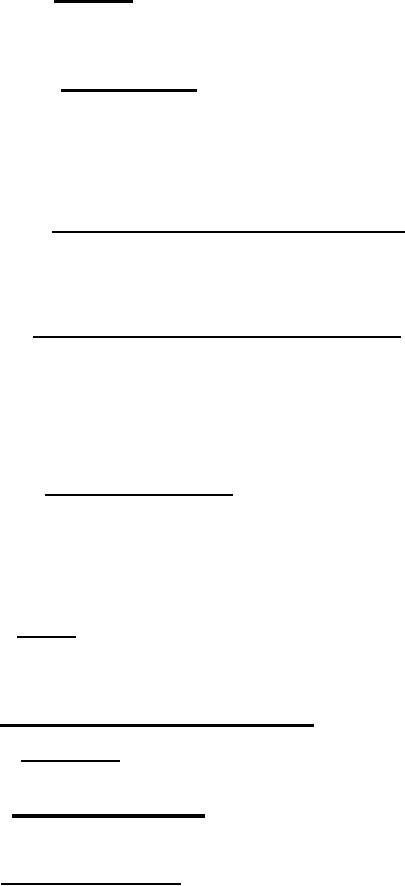 |
|||
|
Page Title:
Fluid resistance and extreme temperature |
|
||
| ||||||||||
|
|  MIL-T-6396E
4.6.28.1.2 Shanking.
A bolt with the threaded length short enough to prevent
bottoming, shall be shanked out against the top thread of the insert and the
maximum allowable torque as specified in table I applied. The insert shall not
pull out or rotate and there shall be no damage to the insert threads.
4.6.28.1.3 Insert pull out. The insert shall be bridged by washers or other
suitable spacers in such a manner that an extracting force will be exerted on
the insert when a bolt is inserted and tightened. The length of the spacer in
relation to the bolt shall permit engagement of the bolt with the insert to a
septh of approximately 1 diameter. The bolt shall be torqued to the maximum
allowable torque specified in table I. The insert shall not pull out or rotate
nor shall the insert threads be damaged.
4.6.28.1.4 Endurance (self locking inserts only). For this test a bolt length
will be selected which will permit engagement of the bolt with the insert to a
depth approximately equal to that for an actual aircraft installation. The
bolt shall be installed and removed a total of 50 times. At the beginning and
at the end of the test, the torque values shall comply with table I.
4.6.28.2 Fluid resistance and extreme temperature.
Two fitting assemblies
for each basic design used in the tank being qualified shall be built into
panels of the same construction as the tanks mounted in a vibration jig
conforming to figure 5 and subjected to the fuel resistance and extreme
temperature test as specified in tables V and VI. Brown paper or talc shall
be used for the determination of fitting leakage. There shall be no visual
evidence of deterioration, delamination or leakage. The panel may be re-
inforced with a fabric collar in the area of the clamping ring.
4.6.28.3 Fitting pull-out test.
A fitting shall be built into a flat panel
that will sustain at least 190 pounds per linear inch. The system shall be
mounted in a test jig and subjected to a tension load at the rate of 2 inches
per minute. A minimum pull value of 190 pounds per linear inch of the fitting
throat shall be applied. The test setup shall be similar to figure 6. There
shall be no failure of any portion of the fitting or its means of attachment to
the flat panel.
4.6.29 Flight. Flight tests of internal jettisonable fuel tanks shall conform
to MIL-D-87038 for all acquisition.
PACKAGING
5.
5.1 Preservation, packaging and packing.
5.1.1 Type I tanks.
Preservation, packaging and packing of type I tanks shall
be as specified in the contract or purchase order (see 6.2).
5.1.2 Type I and III tanks. Preservation, packaging and packing of type II
and III tanks shall be in accordance with MIL-P-25621, level A, B, or C, as
specified in the contract or purchase order (see 6.2).
5.2 Marking of shipments. Markings shall conform to MIL-STD-129 and
MIL-P-25621.
25
|
|
Privacy Statement - Press Release - Copyright Information. - Contact Us |